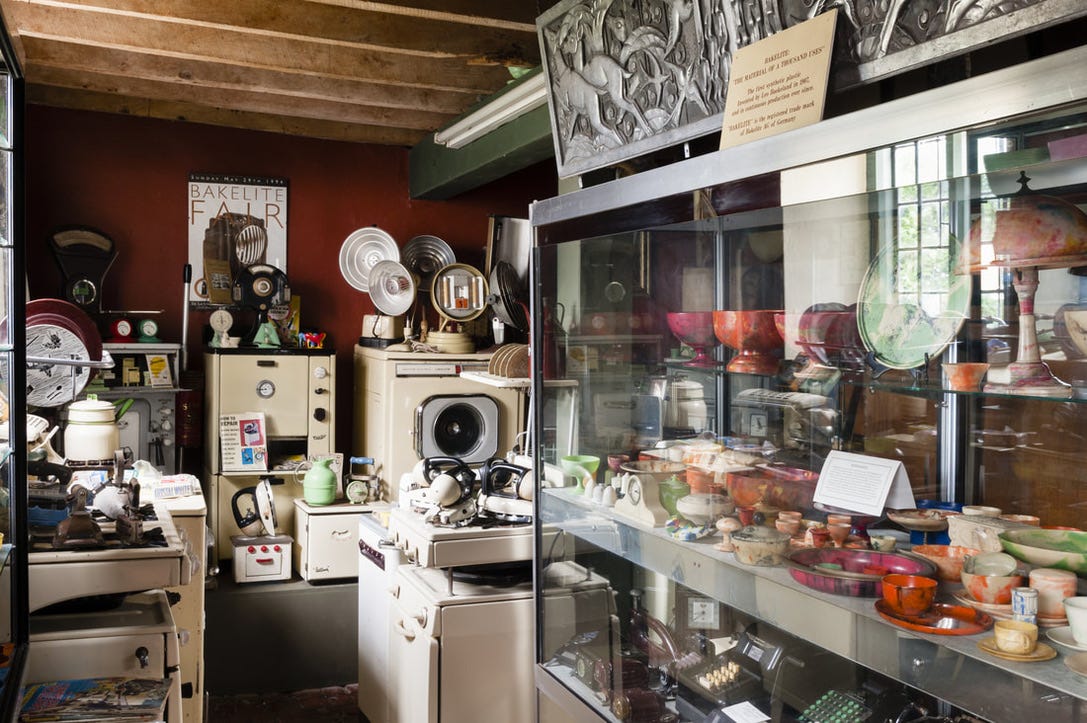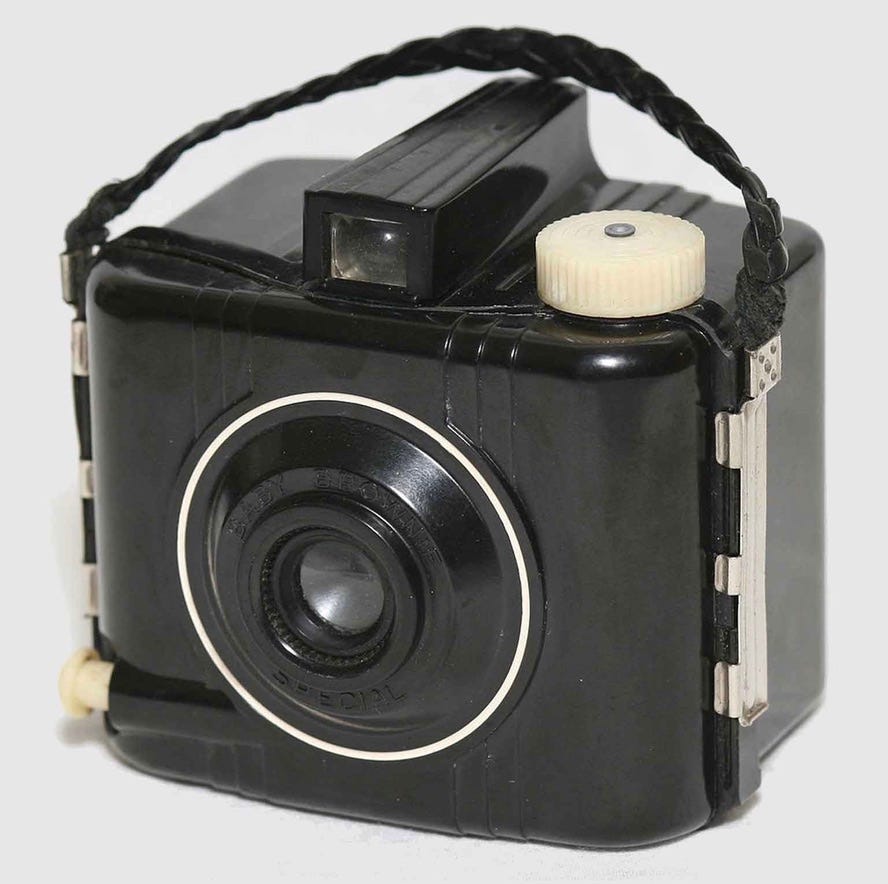Childhood: Rewards and Punishments
WHEN REPORT CARDS were handed out at the Babbington Grammar School, some of my classmates fell into a whimpering terror, instinctively cowering and covering their vulnerable spots, as skittish and apprehensive as squirrels. Others began whooping and crowing, pounding one another on the back, and totting up their spoils. At the time it didn’t occur to me to pity the first group, but I certainly envied the second, for my parents considered it a Principle of Child Rearing not to reward my accomplishments in school.
Little Follies, “The Girl with the White Fur Muff”
One must, of course, be especially careful to avoid adulation. But as for praise that is deserved, it would be highly unjust to give it only to the cold and inert ashes of those who can no longer hear it. And should the principle of equity, which requires the bestowing of praise, give way to the modesty of those who do not wish to receive it? Praise is an encouragement to virtue; it is a public contract that you cause the virtuous man to enter into. If all a man’s good deeds were inscribed on a marble column, would he lose sight, even for a moment, of this imposing monument? Would not this be one of the strongest supports that one could lend to human weakness? In doing wrong this man would be obliged to shatter his own statue with his own hands.
Denis Diderot, Encyclopedia, “Prospectus or Defense” (translated by Jacques Barzun and Ralph H. Bowen)
Photography
Plastic: Bakelite
[The camera] was small, well suited to the hands of a third-grader, but it was an unusual possession for a child in those times, a sophisticated gadget even for a fourth-grader.
The camera was made of black plastic, the kind called Bakelite. In overall shape, it was a cube, but a cube on which every edge had been smoothly rounded, as if the designer had streamlined it in case the photographer had to use it in a high wind. On each side was a vertical slide of bright metal that traveled in a channel molded into the Bakelite, so that, by moving these slides toward the top, one could separate the front and back halves of the camera to load or unload the film or to examine the interior. At its upper end, each metal slide terminated in a circular lug, through which were threaded the ends of a braided plastic strap. In the center of the back was a round window of translucent red plastic through which one could see the numbers on the paper backing of the film. …Little Follies, “The Girl with the White Fur Muff”
I recommend a visit to The Bakelite Museum.

Insecurity
A statement in the instruction booklet said, “Snapshots will capture your memories forever,” and I understood at once that the snapshots I was likely to take would capture forever memories of my childish ineptitude as a photographer, the evidence of my awkwardness and uncertainty.
Little Follies, “The Girl with the White Fur Muff”
We always include [the soul], of course, in our thoughts, intuitions, feelings, in all sorts of surrogate ways and according to our individual temperament. In youth it manifests itself as a distinct feeling of insecurity about whether everything one does is really the right thing, after all; in old age as a sense of wonder at how little one has done of all one had really meant to do. In between, one takes comfort in the thought that one is a hell of a good, capable fellow, even if every little thing can’t be justified; or that the world is not the way it ought to be either, so that one’s failures come to represent a fair enough compromise.
Robert Musil, The Man Without Qualities, “Pseudoreality Prevails” (translated by Sophie Wilkins)
[more to come on Thursday, November 4, 2021]
Have you missed an episode or two or several?
You can begin reading at the beginning or you can catch up by visiting the archive or consulting the index to the Topical Guide.
You can listen to the episodes on the Personal History podcast. Begin at the beginning or scroll through the episodes to find what you’ve missed.
At Apple Books you can download free eBooks of “My Mother Takes a Tumble,” “Do Clams Bite?,” “Life on the Bolotomy,” “The Static of the Spheres,” and “The Fox and the Clam,” the first five novellas in Little Follies.
You’ll find an overview of the entire work in An Introduction to The Personal History, Adventures, Experiences & Observations of Peter Leroy. It’s a pdf document.




